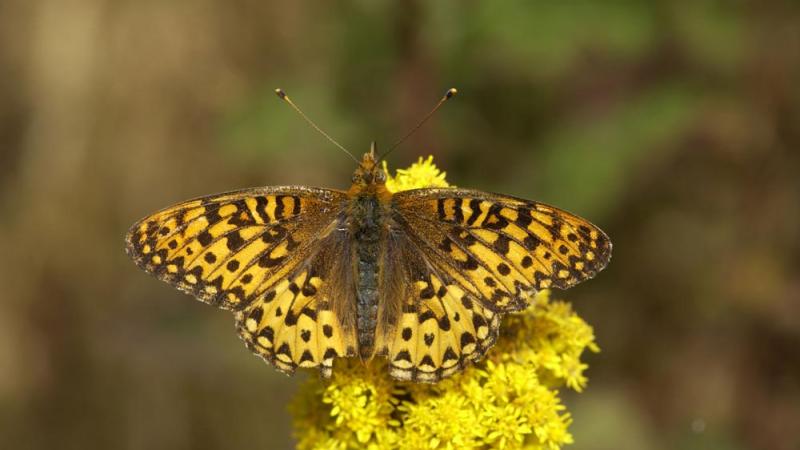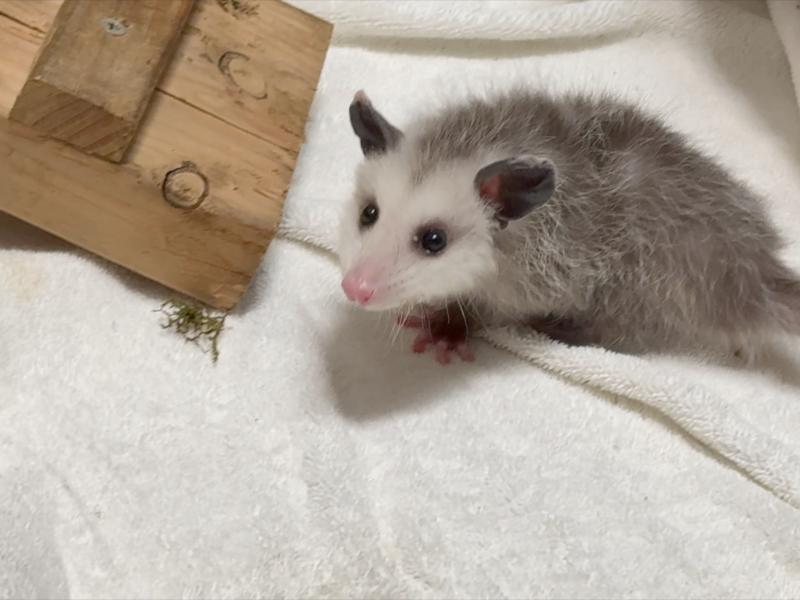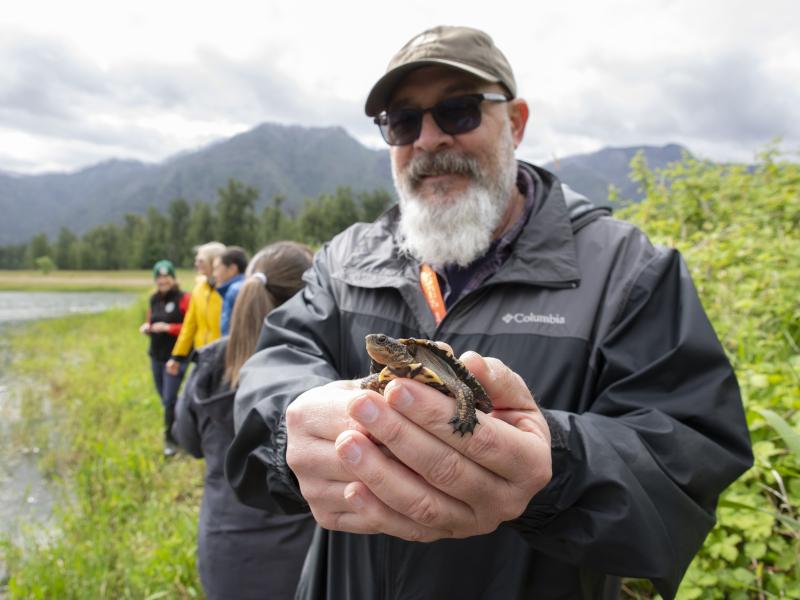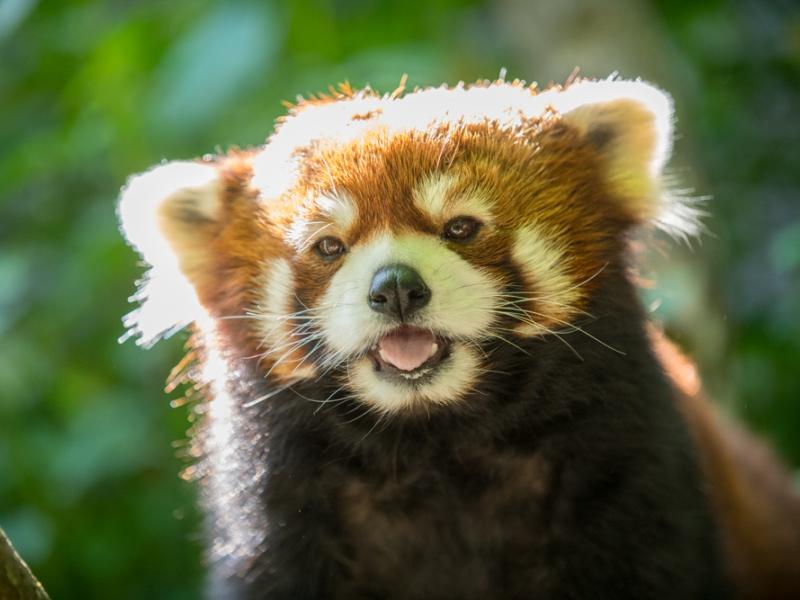Zoo wraps up another successful butterfly season

Species recovery efforts this year included releases at two new sites in Oregon
Oregon Zoo butterfly conservationists were all aflutter this month as they released the final Oregon silverspots of the season onto the slopes of Mount Hebo. The 60 very hungry caterpillars mark the end of another successful breeding and release season for the zoo's Imperiled Butterfly Conservation Lab and its partners. In total, more than 3,000 zoo-reared butterfly larvae were released between April and August at sites in Oregon and Washington.
While many of the release sites are well established, both Oregon silverspot and Taylor's checkerspot caterpillars were released at new sites in Oregon this year. The checkerspots, raised in collaboration with inmates at the Coffee Creek Correctional Facility, were released on western prairies near Corvallis for the first time. The silverspots were released on Saddle Mountain in Oregon, with the hopes of establishing a new and thriving butterfly population on its grassy peaks.
The plan is working. Just last week, silverspot butterflies were seen flying in the skies around Saddle Mountain — the successful result of the larvae release there earlier this summer.
"Any butterfly release is a step forward for these endangered species, but we're especially excited about the new release sites this year," said Travis Koons, who oversees the zoo's butterfly programs. "Establishing new populations is critical to the butterflies' survival."
The Oregon Zoo works to save these beautiful pollinators from extinction with partners from the U.S. Fish and Wildlife Service, Washington Department of Fish and Wildlife, Xerces Society, the Nature Conservancy, Woodland Park Zoo, Washington Department of Corrections, Oregon Department of Corrections, Department of Defense, the Sustainability in Prisons Project and several local universities. Supplementing the wild populations with zoo-reared butterflies prevents extinction of existing populations and allows for the possibility of reintroducing butterflies to their former range.
Raising butterfly larvae is no easy feat. It requires meticulous timetables for waking, releasing, breeding and feeding both the checkerspot and silverspot butterflies, which develop according to different schedules. Detailed manuals and yearlong schedules are necessary to ensure each egg has the best possible chance of becoming a mature butterfly.
This level of care is crucial: the Taylor's checkerspot butterfly is an endangered species, and the Oregon silverspot is listed as threatened by the U.S Fish and Wildlife Service. While the butterflies themselves are small, they are important pollinators and have a big impact on their ecosystem.
More News

Awesome opossum! Orphaned baby finds new home at zoo
A tiny opossum found wandering earlier this month has made his way to a new home at the Oregon Zoo.May 28, 2025

Zoo, partners return 19 endangered turtles to wild
Zoo-reared northwestern pond turtles are released in the Columbia River Gorge It was a shell-ebration last week for 19 northwestern pond turtles reared at the Oregon Zoo. In addition to partners from the Washington Department of Fish & Wildlife and U
May 19, 2025

Sad goodbye to "Sir Snacks-a-lot," beloved red panda Moshu
The Oregon Zoo is mourning the loss of beloved red panda Moshu, who passed away peacefully this morning, more than a year after being diagnosed with severe heart disease.May 14, 2025

